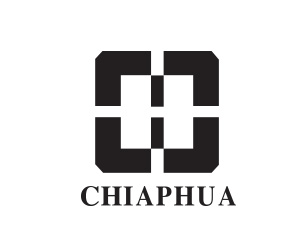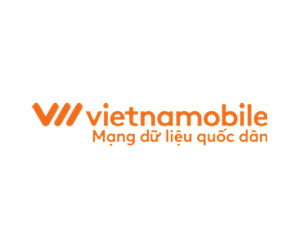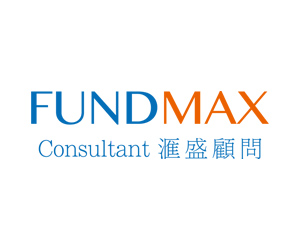Want to be in the loop?
subscribe to
our notification
Business News
FDI 2024: OPPORTUNITY TO ATTRACT HIGH-QUALITY CAPITAL INFLOWS
Amid existing difficulties, foreign direct investment (FDI) attraction became a bright spot in the economic picture in 2023. In 2024, FDI flows are forecast by experts to continue landing on Vietnam, especially in semiconductor, high technology and high value-added products. To find out more, our reporter has an interview with Mr. Nguyen Chi Dung, Minister of Planning and Investment.
2023 was considered a difficult year for businesses as well as the economy in general. The government made every effort to handle macroeconomic management, ensure major balances and promote growth. Could you please tell us about key FDI attraction results last year? How will Vietnam attract FDI flows in the coming time?
In 2023, in a difficult economic context, Vietnam achieved relatively impressive FDI attraction. Specifically, the total registered investment capital reached a record high of US$36.6 billion, up 32.1% from 2022. This figure shows that investors highly appreciate Vietnam as a stable, attractive and potential investment destination.
Impressive FDI disbursement of US$23.18 billion - a record high, up 3.5% over 2022, showed a good sign that FDI firms still maintained good investment and business amid economic difficulty in 2023.
Fresh FDI increased sharply in both value (up 62.2%) and projects (up 56.6%), showing that investors continued to care and trust the Vietnamese investment environment and make new investment decisions.
Investment projects had better quality. A majority of projects registered into the processing and manufacturing sector (accounting for 64.2%). Many large-scale high-tech projects involved in electronics, semiconductor production, supporting industries and advanced technological application.
Vietnam is considered an attractive and safe destination, so there is a wave of large investment projects into technology, electronics and other fields in Vietnam.
Vietnam will focus on attracting FDI capital in the following directions:
Actively attracting and cooperating with foreign investment selectively, aiming at quality, efficiency, technology and environmental protection.
Prioritizing projects with high added value, high technology, cooperation with domestic businesses, ripple effects, connection with global production and supply chains.
Industries encouraged for investment include electricity, electronics, semiconductor, renewable energy, highly efficient agriculture, digital economy, digital transformation, innovation, research and development, and financial center.
From challenges and achievements in 2023, what lessons does Vietnam need to learn in FDI attraction to make FDI an important driving force for achieving the country's GDP growth target in 2024?
Some lessons have been learned from FDI attraction in Vietnam:
Maintaining the stability of the investment environment, especially the commitments made by the government, and the stability of policies.
Continuously reforming administrative procedures, especially those relating to investment registration, land, construction, fire prevention, environment and customs, to support foreign investment.
Necessitating synchronous support for boosting FDI attraction in various potential breakthrough fields such as high technology, semiconductor, innovation and green hydrogen; facilitating and encouraging businesses to deploy R&D activities or cooperate in technology transfer in Vietnam.
Carefully preparing necessary conditions in infrastructure, available land, energy and human resources to woo big investors and projects for socioeconomic development; accelerating the progress of public investment projects, especially transportation infrastructure, to meet investors' requirements.
Strengthening on-site investment promotion, researching and proposing practical and specific solutions to remove difficulties for businesses
Selecting potential investors in key fields (like high technology, information technology, high quality services) to actively contact, exchange and invite investors to Vietnam.
Upgrading the comprehensive strategic partnership with major partners such as the United States and Japan has brought opportunities to attract high-quality investment and create great added value; formed chip, semiconductor and component production ecosystems; and promoted innovation. For you, what is the prospect and potential of the semiconductor sector in Vietnam in the coming time? What are the Government and the Ministry of Planning and Investment doing to boost cooperation in this field?
As the semiconductor value chain gradually is gradually shifting to Southeast Asian countries, Vietnam has all the necessary conditions and factors to develop the semiconductor industry such as a stable political system and a favorable geographical location, attractive investment incentives, abundant technical and technological human resources, and increasingly developing digital infrastructure. The Vietnamese government is highly determined to pursue and develop the semiconductor industry and has been attracting more and more large corporations in this industry.
The US President's commitment and support for Vietnam to join global high-tech value chains and chip and semiconductor industries has opened up great opportunities for Vietnam to enter global high-value production networks.
In fact, many large electronics and semiconductor corporations are already present in Vietnam and planning to expand their investment in the country such as Intel, Samsung, Synopsys, Qualcomm, Infineon and Amkor. This demonstrates Vietnam's key and increasingly important role in the global semiconductor supply chain.
Vietnam has made right, important and decisive policies to increase investment fund for this field. Accordingly, Vietnam is building: (i) National strategy for semiconductor industry to 2023; and (ii) Human resource development project for the semiconductor industry, with the goal of training and developing 50,000 workers for the industry by 2030. Recently, the National Assembly also issued a resolution assigning the Government to build a decree and establish an investment support fund for the high-tech industry, including the semiconductor industry, expected to be issued in mid-2024.
The Government approved Power Plan VIII and established the State Steering Committee for key energy projects in a bid to provide stable and sustainable electricity for investment projects, especially high-tech and semiconductor investment projects, speed up site clearance, prepare enough clean sites in industrial parks, economic zones, and high-tech parks as well as accelerating the progress of important transportation projects connecting to seaports and airports to enhance convenience for and competitiveness of semiconductor projects.
To implement these plans, the Ministry of Planning and Investment, through the National Innovation Center (NIC), signed a cooperation agreement with the two largest US chip designers, Sypnosyps and Cadence, to establish research centers and semiconductor circuit design incubators. At the same time, the ministry coordinated with more than 30 major domestic and international universities and research institutes to implement human resource training programs and collaborated with major research institutes of South Korea and Taiwan to set up representative offices and research offices at NIC.
The Vietnamese government has been making efforts to prepare the best conditions to welcome semiconductor investors. In the near future, we believe that Vietnam will become a reliable partner and an important link in the global semiconductor value chain. I hope that investors come, find investment opportunities and contribute to the development of Vietnam.
Source: VCCI
Related News

VIETNAM’S GDP TO GROW 5.5% THIS YEAR – WB
This forecast is based on the assumption of a moderate recovery in manufacturing exports in 2024, fueled by rebound growth of 8.5% year-on-year in the fourth quarter of 2023 and 17.2% year-on-year in the first quarter of 2024, reflecting strengthening global demand, said Dorsati Madani, senior country economist at the WB in Vietnam.
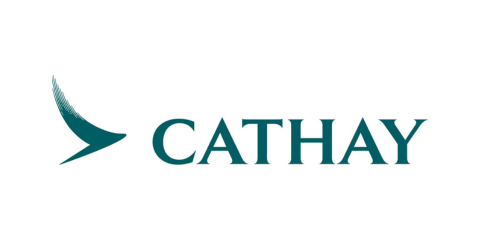
FARE REFUND FOR VISA REJECTION
Cathay Pacific will offer full refunds for cases of visa rejection to provide you with the confidence to explore the world with ease. If you are planning to fly to a destination that requires an entry visa, you can now book with greater peace of mind.

FOUR COMMODITIES POST Q1 EXPORT VALUE OF OVER 5 BILLION USD
The total export turnover of agricultural, forestry, and fisheries products in the first three months of 2024 is estimated to reach 13.53 billion USD, an increase of 21.8% compared to the same period of 2023.
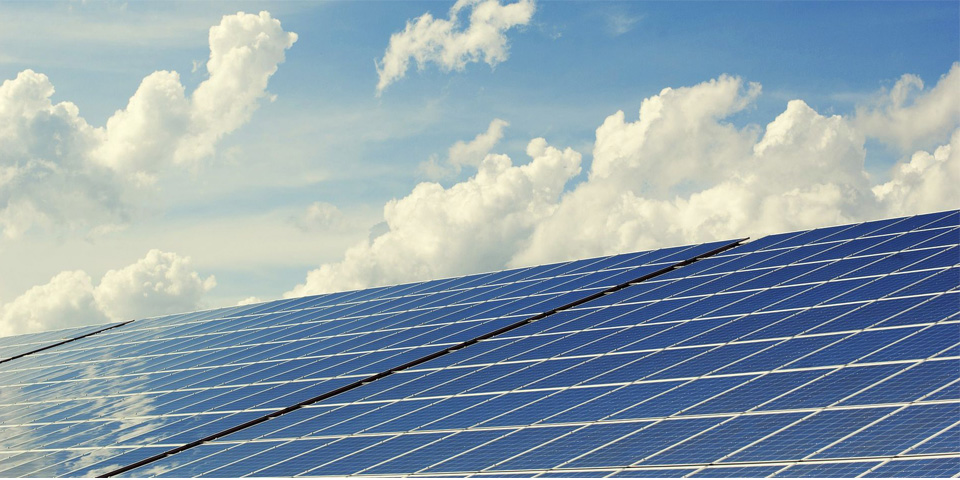
MOIT PROPOSES SCHEME TO BOOST RENEWABLE ENERGY PROCUREMENT
The proposed Direct Power Purchase Agreement (DDPA) mechanism, outlined in the draft decree, targets organisations and individuals consuming electricity from the 22kV power grid or higher, with a monthly consumption averaging 500,000kWh. However, residential households are excluded from direct procurement.

REAL ESTATE BONDS PLACE PRESSURE ON ISSUING FIRMS
The ministry’s recent report underscores concerns within Vietnam’s corporate bond market for 2023 and 2024. It emphasizes the critical need to address hindrances to the real estate sector in line with the objectives provided in Government Resolution No. 33/NQ-CP, which aims to stabilize the industry.

DA NANG CUSTOMS FOCUSES ON DEVELOPING CUSTOMS-BUSINESS PARTNERSHIPS
Da Nang Customs Department issued an action plan for developing customs-business partnership in 2024. One of the new events this year is the workshop on “Settlement reports for enterprises engaged in outsourcing, export production and export processing” held in Da Nang Customs Department on April 16, 2024.




